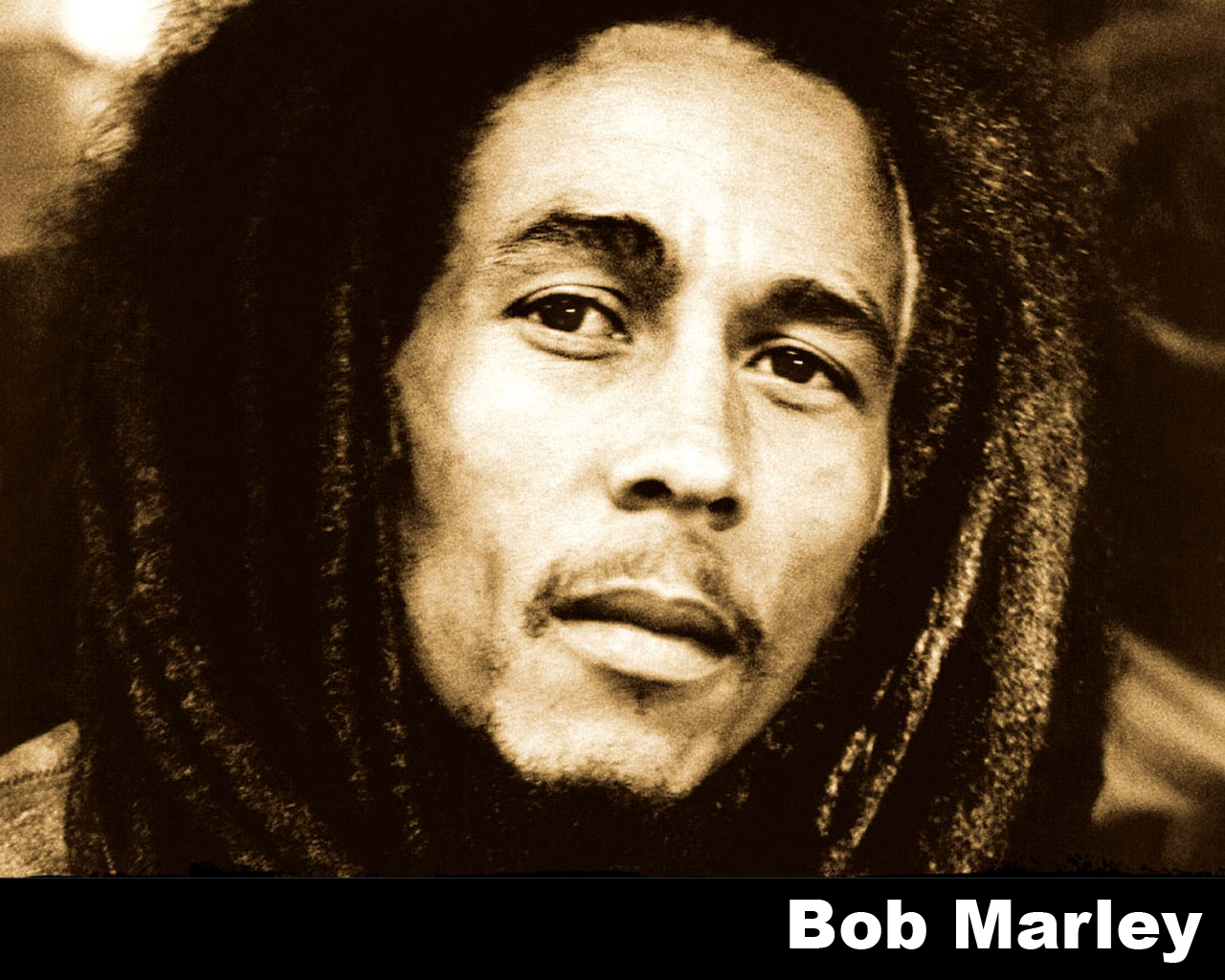Heavies
Origin: England in the early seventies, as extremist radicalization hippie ideology and union between aesthetics and hard rock music. Hence its name, Heavy metal, or heavy metal, reference to the intense metal sounds (electric) produced by musical groups.
· Released in Spain: The late seventies, with sporadic appearances in previous years.
· Presence now very large, this is one of the tribes known but would perhaps be more correct to say that style is more widespread, especially in provincial towns and the popular classes.
· Typical attire: tight jeans, long hair, studded leather jacket, T-shirts emblazoned with musical idols and / or symbols of death.
· Genre: Heavy metal, in its various referral: trends, but above all, the original groups of the seventies, such as Led Zeppelin and Iron Butterfly. Many Spanish groups are present on this front, from all national latitudes.
· Interests and activities: Outputs weekend, music, concerts, cannabis.
· Ideology: Antimilitarista and antiauthoritarian, especially as resistance and disobedience rather than an aesthetic ideal horizon of a daily practice.
· Trends violent: Usually scarce, channeled into musical expression, but with many exceptions, given the extent of the phenomenon and frequent musical excitement and / or chemical (mainly alcohol, beer and cannabis derivatives).
· Evolution Group: Stable, but constantly fluctuating due to the presence of many musical subdivisions. In general, it is more intergenerational subculture known.

Punks!
From: born in England between 1976 and 1977 as opposed to the decadence of culture. · Presence is now: Not many, but there are too radical. Areas and usually meet in bars themselves, sometimes mixed with skins, heavies and gothic, but need not necessarily get along with them.
· Attire characteristic: They are easily distinguishable, brightly colored crests, leather jacket, several hoops in his ears, tattoos, spiked bracelets and military boots. Usually wear black shirts and sweatshirts, with cap and any band or any social theme. They can wear jackets or bombers, which hit a patch or paint pen slogans and symbols (anarchy, squat, socialist star, sickle and hammer, ...).
· Genero musical: It is the only tribe who created his own style of music (in the world is the most representative group Sex Pistols and Argentina, Attaque 77).
· Ideology: anarchist, squatter, anti-militarist, anti-fascist, anti-imperialist and anticapitalist.
· Violent Tendencies: They tend to be quite vilentos, his enemies are neo-Nazis, fascists and zposh with that cause numerous brawls.

Hip-Hop
Above all writers are social by nature. They come from everywhere, from all neighborhoods. They can be found from college students, graduates, turners, self-employed, gastronomic up fighters. Its main contradiction is regarded professional artists and not have to switch his artistic work with some work. This, they say, would make fans feel and not what they want. Do not discard the term "amateur" but argue that as an opera singer, an artist, a poet or a critic of art, or a musician need time to devote to make music, produce texts, radio promotion in or TV and culturally nurtured. Many others are sitting on the curb in the neighborhood, giving chase to what happens every day to feed their texts. They also represent the marginal world, but marginalized, relate mostly good Cuban stories which come about every day in Havana neighborhoods as Atarés, San Leopoldo, victory or Key West where he has the largest percentage of the capital's population. Stories also addressed by a "rough" José Luis Cortés, another chronicler of our times. Stories that enjoy great popular support and that a minority who consider themselves "critics" are trying to crush every single day.

Rasta
The Rastafari movement, or Rasta, is a spiritual movement. It arose in the 1930s in Jamaica, a country with a predominantly Christian culture where 98% of the people were the black descendants of slaves.Most of its adherents worship Haile Selassie I, Emperor of Ethiopia (ruled 1930–1974), as God incarnate, the Second Advent, or the reincarnation of Jesus. Members of the Rastafari movement are known as Rastas, or Rastafari. The movement is sometimes referred to as "Rastafarianism", but this term is considered derogatory and offensive by some Rastas, who, being highly critical of "isms" (which they see as a typical part of "Babylon culture"), dislike being labelled as an "ism" themselves.
